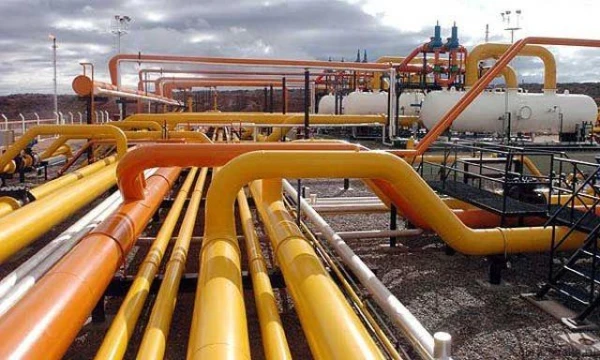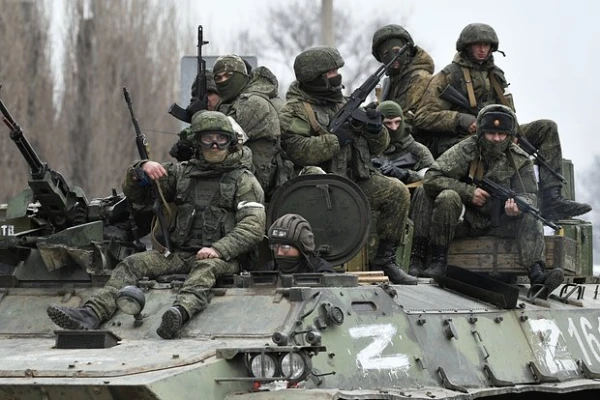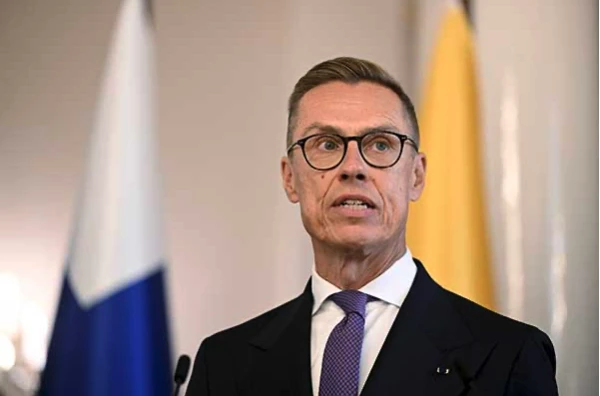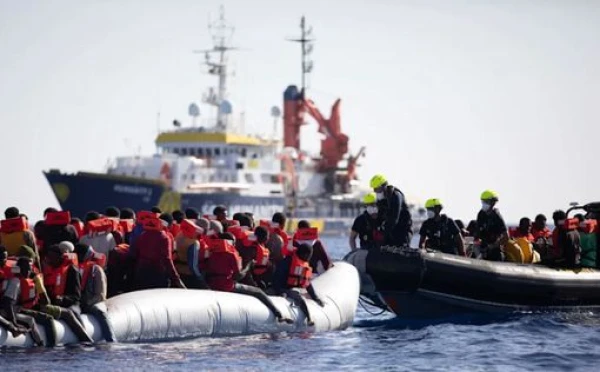
Analysts at S&P Global Energy say that supplies to China via the pipeline are likely to begin in the early 2030s.
Russian Gazprom has activated plans to build a new pipeline "Power of Siberia 2" (PS2) to China, which will transport 50 billion cubic meters of gas per year and is the only real hope for Russia to compensate for part of the lost exports to Europe. As reported by the Financial Times, citing its sources, Gazprom engineers have begun work on costly technical projects.
According to Sergey Vakulenko, a senior researcher at the Carnegie Endowment for International Peace and former head of strategy at Gazprom Neft, engineers were likely completing the preliminary engineering design phase, which involves preparing "hundreds of volumes" of technical documentation.
At the same time, such design work, according to Vakulenko, could account for 5% of the total cost of a project of this scale. Meanwhile, one senior Russian energy official told FT that these costs could reach up to 10% of the total amount:
"Such expenses are unusual unless there is firm confidence that the money is not being wasted and that the investments are safe."
The overall budget for the project is not disclosed. Vakulenko and Ronald Smith, founder of Emerging Markets Oil and Gas Consulting Partners, estimate the upper limit to be over $30 billion, but both note that the final figure could be lower.
Implementation Not Guaranteed
At the same time, Chinese officials have commented little on the pipeline, leading some observers to doubt that the project is truly progressing.
According to one Russian energy consultant, one reason Gazprom continues to push this project is that the company has design divisions that "either need to be closed or need to get some work."
The expert notes: "Gazprom clearly believes that China will ultimately change its decision:
"It will still be the cheapest gas for them [the Chinese] — therefore Gazprom is willing to invest serious money, and I don’t think they are making a big mistake."
China in No Rush to Support Construction
Meanwhile, analysts at S&P Global Energy say that supplies to China via the pipeline are likely to begin in the early 2030s.
Currently, Gazprom is building sections that could eventually become part of PS2 if the project is realized, but will serve local markets if it does not, Smith said.
At the same time, new work does not mean that an agreement has been reached on such important terms for PS2 as price and supply conditions.
Moreover, China is in no hurry with the construction of the pipeline. Russia supplies gas to Beijing via the much shorter "Power of Siberia" pipeline, which was commissioned in 2019. In September, the parties agreed to increase supplies from 38 billion cubic meters of gas per year to 44 billion cubic meters.
It is also unclear how Gazprom intends to finance the project. After the company recorded a loss for the first time in 25 years in 2023, its net profit recovered to 1.3 trillion rubles last year, but Gazprom's debt is more than four times this figure, amounting to 5.7 trillion rubles ($71 billion).
Russian Gas for China
Earlier, it was reported in Russia that plans were in place to start natural gas production at the new "Sakhalin-3" project in the Pacific Ocean in 2028, to supply "blue fuel" to China and Russian consumers.
At the same time, Russia sells gas to China cheaper than to Europe - by 2025, the price difference for "blue fuel" could reach nearly 40%.












